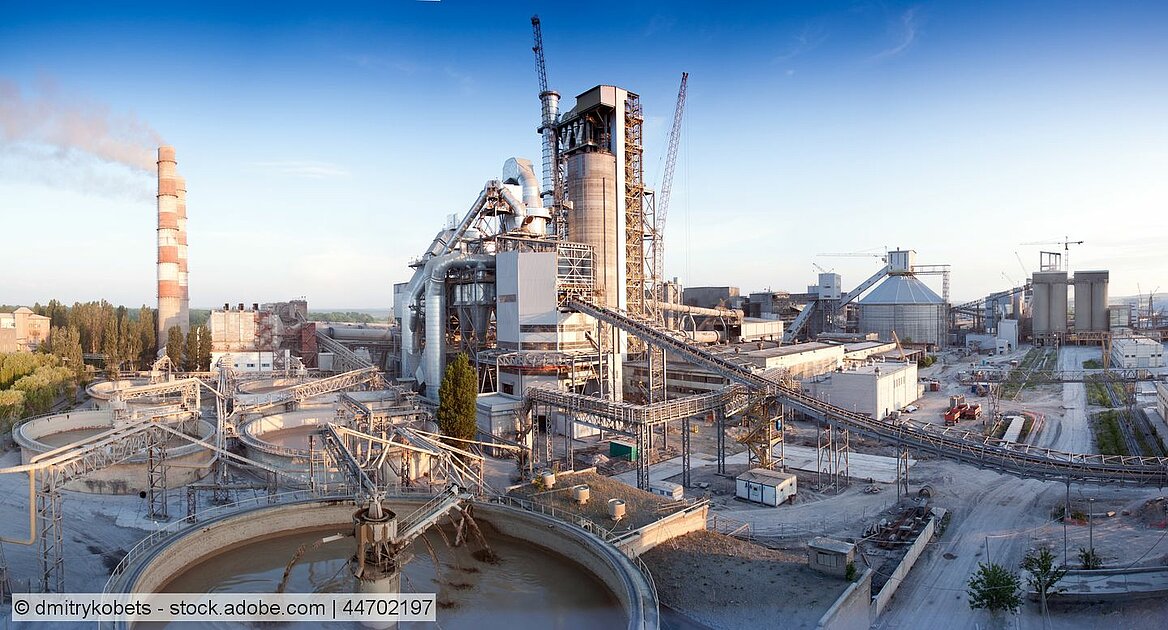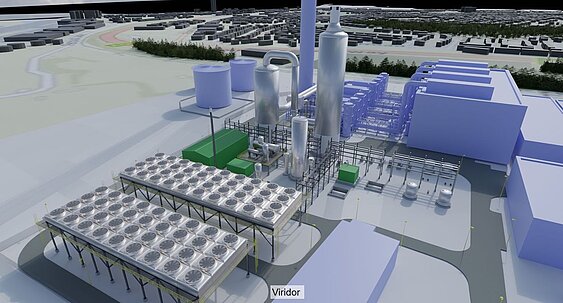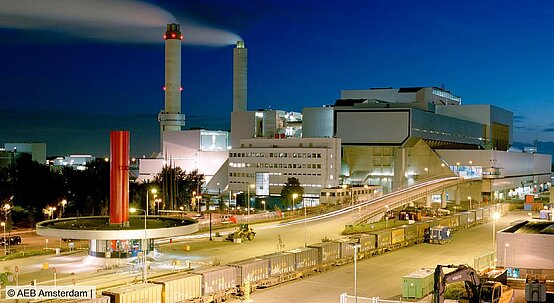Waste-derived fuels will become the preferred energy source for cement production, according to the Norwegian RDF supplier Geminor. The 2020s will be the decade for secondary fuels in cement production, said the company's cement industry expert Per Cederberg. In a post on Geminor's blog, Mr Cederberg pointed to drivers such as growth in residual waste volumes and stricter EU regulation, which he argues will raise SRF consumption.
The industry expert supports his predictions with figures from the Confederation of European Waste-to-Energy plants (Cewep). The trade association has estimated that by 2035 around 142 million tonnes of residual waste treatment capacity will be needed in Europe. Current thermal treatment capacity stands at around 90 million tonnes. Co-combustion capacity stands at around 11 million tonnes.
Even if the EU reaches its ambitious recycling and circular economy objectives, there would still be around 40 million tonnes of non-recyclable waste for which there was no treatment capacity. The recent dropoff in exports of waste to Asia, combined with future increases in total waste volumes, would mean increased potential for the steady supply of residual waste fuels, according to Mr Cederberg.




